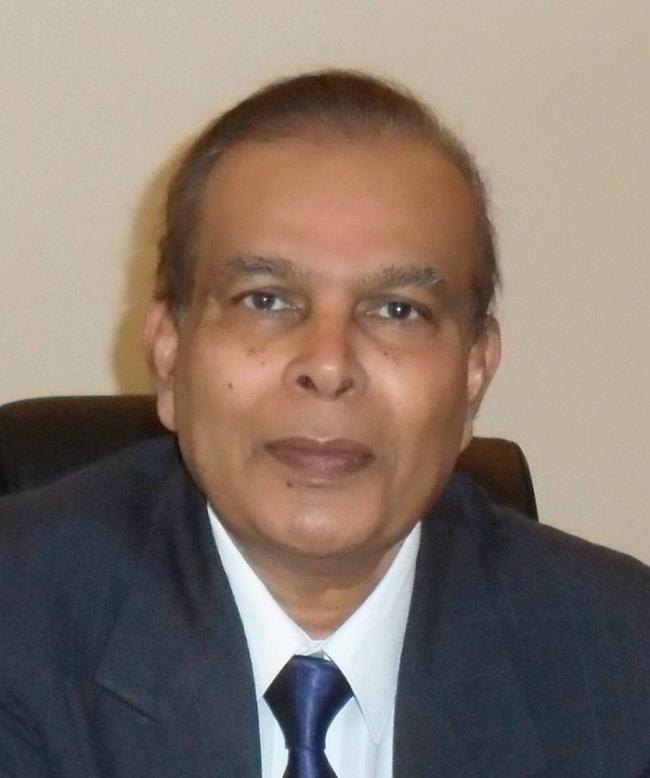Climate change and energy transition have converged as the two major forces shaping the world in the early 21st century. In the Caribbean, the newly minted petro-state, Guyana, finds itself pulled by both forces, a subject adroitly tackled by Ulric Trotz, former Science Advisor to the Caribbean Community Climate Change Centre in Belize. Sponsored by the Guyana Business Journal and Caribbean Policy Consortium, Trotz’s white paper, On the Intersection of Energy Development and the Environment in Guyana, is both timely and on point.
Prior to the 2015 discovery of oil and gas reserves Guyana was regarded as a “poor vulnerable developing country.” As such, it became one of the persistent voices for an international accord to deal with climate change, something which helped push the global community to the Paris Agreement in 2015. Ironically that was the same year Guyana discovered its hydrocarbon wealth. Trotz makes the case that the revenues generated by oil and gas exports should be used to finance Guyana’s transition. This is particularly significant, in that without hydrocarbon revenues, sufficient financing for that transition would probably be difficult or impossible to obtain, a reality that confronts most countries in the Caribbean, many of which are heavily in debt.
Trotz argues that Guyana is working to straddle the divide between helping reduce global carbon and tapping oil and gas wealth. He has little use for the argument to leave the resources in the ground; rather his preference is to use those commodities to finance the shift from fossil fuels to renewables. Trotz believes that the energy transition is going to take time (probably longer than current timetables), financial help from the advanced economies is lagging (and may never match developing country needs), and environmental problems must be dealt with sooner than later.
At home in Guyana, the government is implementing its Low Carbon Development Strategy (LCDS) and Climate Resilient Strategy and Action Plan (CRSAP). The CRSAP places an emphasis on building climate resilient agricultural systems, enhancement and maintenance of the country’s sea defense, public health adaptation to climate change, and strengthening of drainage and irrigation systems. Equally important are measures to upgrade the country’s electricity generation and transportation systems.
The regional approach is based on CARICOM and focuses on the development of energy and food security, constructed around the “internalizing of supply chains for the inputs to support these, and by utilizing the resources from Guyana, Suriname and Trinidad and Tobago.” Thought should be given to determining “the feasibility of rehabilitating the Point Lisas petrochemical facility in Trinidad and Tobago for fertilizer production to support the food security program and other natural gas petrochemicals and explore the possibility of supplying natural gas from the Guyana basin for use by the Point Lisas facility which would avert the need to negotiate access through a pipeline from Venezuela.” Considering that Guyana, Suriname and Trinidad and Tobago are CARICOM members with substantial oil and gas reserves, they should be the countries to provide the rest of the regional membership with fossil fuels, instead of reactivating Venezuela’s Petrocaribe program.
Recent developments on this front are encouraging, including an effort for greater coordination of energy and food policies between Guyana, Suriname and Trinidad and Tobago, a sustained effort to tackle Guyanese-Surinamese issues conducted at the highest levels, and discussions over of how best to streamline regional oil and gas production. Trotz clearly falls on the side of the argument that Guyana does not need to build its own refinery as Trinidad’s refinery has been mothballed for several years. He also warns: the construction of a Guyanese refinery runs the risks “of locking in heavy emissions for years to come and end up as stranded assets at the end of the transition period.”
While oil and gas have a role to play in the transition period, Trotz believes that it is essential to develop its solar, wind and tidal power. Moreover, there should be “supporting programs for waste to energy generation utilizing domestic waste, wood waste from the sawmilling industry and rice husk from the rice industry.” To this list should be added support for a national biomass program for domestic, institutional, and industrial use.
Trotz ends his report with several recommendations, most of which are commonsensical and straightforward. The moist weight of these are to uphold the highest standards for the development and production of oil and gas; the fast-tracking of the implementation of the four priority areas identified in the CRSAP and LCDS (sea defense, drainage and irrigation, agriculture, and health care); and advancing the development of institutional capacity to monitor and regulate the oil and gas industry. Two other items stand out – the need for CARICOM to better coordinate food and energy policies and the promotion of a greater sense of ownership by the Guyanese people of the development of their hydrocarbon industry and the transition to renewables.
It is important for Guyana’s population to believe that it has a stake in the development of the national energy program, how this relates to their daily life, and how the energy transition will take place and impact them. And they need to have confidence that the wealth generated from oil and gas will be used prudently and with transparency. History can serve up many examples of how oil and gas have become a curse instead of a blessing. Guyanese have only to look next door to Venezuela, where the wealth generated by oil led to the erosion of most other economic sectors, a deep stain of corruption, and ultimately authoritarian government. For Guyana, it is essential to get it right and Trotz provides a thoughtful discussion of the country’s options during a period of sweeping transformation.
Dr. Scott B. MacDonald is the Chief Economist at Smith’s Research & Gradings, a fellow of the Caribbean Policy Consortium and a research fellow at Global Americans. His most recent book is The New Cold War, China and the Caribbean (2022).






